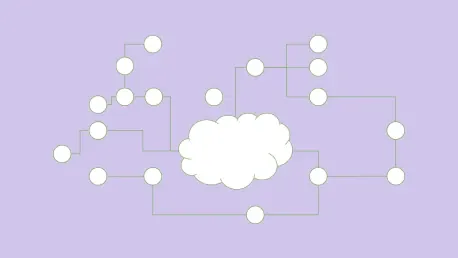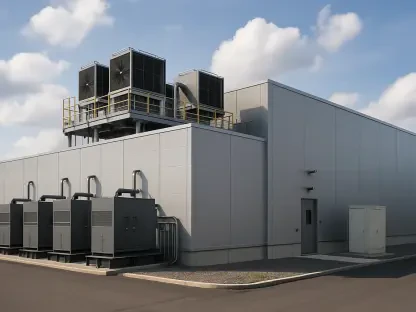In recent years, the landscape of data security has been evolving rapidly, particularly in the context of hybrid and cloud-based environments. Historically, data security efforts focused on maintaining the security and integrity of data stored on-premises, primarily through Data-at-Rest and Data-in-Motion paradigms. However, as organizations increasingly transition to cloud and edge computing, they often do not have full control over the infrastructure. This shift reveals the limitations of traditional methods, especially in securing Data-in-Use.
What is Confidential Computing?
Confidential Computing has emerged as a critical paradigm shift designed to address the vulnerabilities associated with processing sensitive data. This method involves performing computations within a Trusted Execution Environment (TEE). A TEE is a specialized, isolated part of a processor designed to prevent unauthorized access and modification. It maintains a strict boundary to ensure data confidentiality, integrity, and code correctness, which are essential for robust security.
At the heart of the TEE is the Root of Trust (RoT), an inherently secure element that is unique to each processor. The RoT verifies the integrity and accuracy of the firmware and starts secure boot processes, guaranteeing that the system remains trusted and verified before handling sensitive computations. Once a TEE is established, data can be securely processed by feeding encrypted data into the TEE, decrypting it for processing, and re-encrypting it before it exits.
Advantages of Confidential Computing
Confidential Computing offers several advantages that go beyond just enhanced data security. It supports privacy compliance, helping organizations meet stringent requirements in sectors like health, finance, and government. This reduces the risks of data breaches, which could be devastating both financially and reputationally. Furthermore, it facilitates secure multi-party collaboration, allowing multiple entities to collaborate on shared data without exposing sensitive information.
For instance, Rambus has entered the market with solutions designed to implement such robust security architectures. Products like hardware Root of Trust IP solutions, Inline Memory Encryption solutions, and Security Protocol Engines provide a strong foundation for establishing TEEs. These solutions secure Data-in-Use and protect Data-in-Motion, and they are tailored to meet specific deployment needs.
How Confidential Computing Changes the Game
In recent years, data security has seen significant changes, especially with the rise of hybrid and cloud-based environments. Traditionally, data security focused on safeguarding data stored within on-premises systems. Techniques like securing Data-at-Rest and Data-in-Motion were pivotal in ensuring the safety and integrity of information. Data-at-Rest pertains to inactive data stored physically in any digital form (e.g., databases, data warehouses), while Data-in-Motion refers to data actively moving between locations (e.g., via networks).
As more organizations migrate to cloud services and edge computing, they often lose some degree of control over their infrastructure. This new paradigm highlights the shortcomings of traditional security methods, mainly when it comes to protecting Data-in-Use. Data-in-Use involves actively processed information in applications or system memory. The diverse and decentralized nature of modern computing environments requires new strategies and technologies to secure data during its entire lifecycle, especially when traditional on-premises control mechanisms are insufficient.









